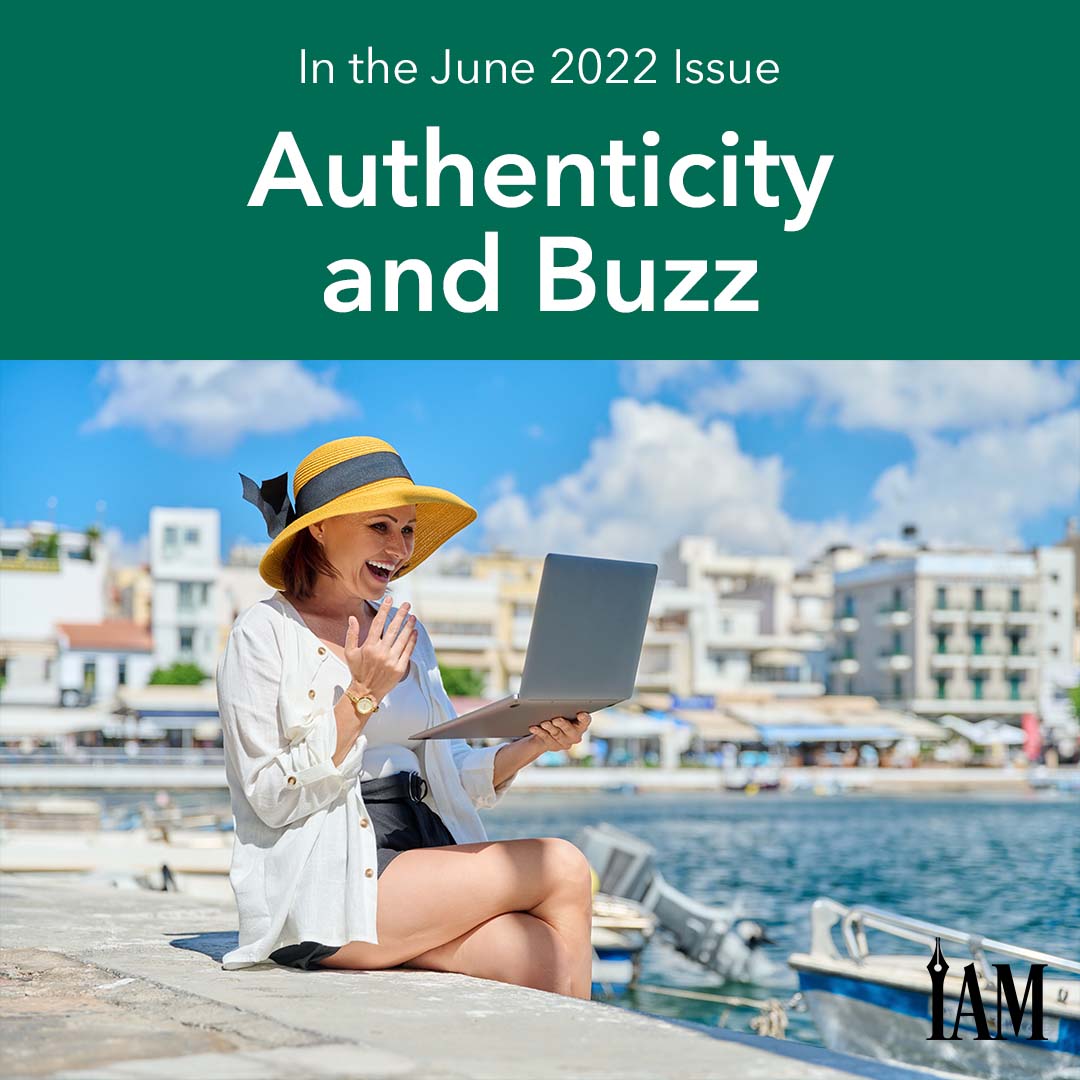Understanding Beta Readers and ARC Readers in Publishing
If you already swap chapters with author friends, you know what it’s like to have critique partners. But have you considered beta readers to deepen your storytelling or ARC (advanced reader copy) readers to create pre-release buzz about your amazing new book?
First, let’s make sure we keep our expert readers straight. The difference between critique partners, beta readers, and ARC readers is their proximity to your target audience. Critique partners have “writer brains.” They probably can’t resist brilliant suggestions for improving your work-in-progress. In contrast, a beta reader reads your target genre and understands that you need honest—but not nasty!—feedback to create your best work. They point out their reactions and possible problems but not solutions.
“Beta reads are typically done after the manuscript is ‘finished’ (we all know that varies), so the author can get a sense of how someone who knows little to nothing about the story enjoys the book. It’s testing the book to see if it’s ready to go,” writes Janice Hardy, author and founder of Fiction University website. “The goal of a beta reader is to read the novel as if they’d purchased it and essentially give the author ‘a review’ of the book from the general reader perspective.”
While beta readers give a private review directly to the author, ARC readers share their reading experience with the public. An ARC reader focuses on serving your future readers with a public review of your book—their work isn’t for you.
When might beta readers fit into your production plans?
Once you have your manuscript together, it becomes a prototype. A beta reader is the perfect person to take your proto-book for a test drive.
The best beta readers have “reader brains” and report on their experience, not on your technique or mistakes. By designing a concise questionnaire for your beta readers, you have a chance to put on your sports commentator badge and ask, “Now that the journey’s over, how are you feeling?” A beta reader gives you the inside story on your story. Your job is then to figure out what to do with that feedback—what to fix and how to fix it.
That’s why the authors on the March 17 episode of the Fully Booked podcast recommend a small number of beta readers—three or five for tie-breaking purposes. “Five’s my maximum,” says author Helen Yeomans. “They’re so much work.”
Feedback from beta readers means intensive detective work for you. You need to figure out what made the reader bored, confused, or frustrated. The solution might be in another chapter or a motivation problem instead of a plot problem. This is a major difference between a beta reader and an editor: A beta reader will tell you what the problem is while an editor will also tell you how to fix it.
Here are a few key signs it’s time to book a beta read for your manuscript.
Your book is aimed at a new audience, or you are branching out into a new genre.
Beta readers can tell you if their expectations were met for the tropes in your targeted genre or give you hints that you’ve actually written something else. No shame in that. But it’s much easier to market a book if you know what genre it is. Think of beta readers as an early detection system for authorly misconceptions about your book’s audience, genre, ability to hit tropes or otherwise provide reader satisfaction. Beta readers can help you improve your craft and give you key insights to guide your marketing.
You need deep information about characters, content, or settings outside your personal experience.
Sensitivity readers can help deepen characterization and authenticity for cultural hot topics, historic or geographic details, and language—especially dialogue—that doesn’t come out of the author’s direct personal experience. Sensitivity readers are often paid subject-matter experts.
“The role that readers play in shaping children’s books has become a flashpoint in a fractious debate about diversity, cultural appropriation, and representation,” Alexandra Alter wrote in The New York Times, “with some arguing that the reliance on sensitivity readers amounts to censorship.”
Others consider it part of the writing process.
In the 2022 Festival of Faith & Writing, award-winning children’s and YA author Nikki Grimes talked about how she does additional work “to always make sure my storytelling is authentic on every single level.”
You want your book to stand on its own.
Beta readers who are unfamiliar with your books or series can tell you if your book really can be read as a stand-alone (out of order) and still be a satisfying experience.
You have time to dig more deeply into your project.
Beta readers add time to your production schedule. For example, Hidden Gems’ beta reader service has a default of ten days for feedback. Rush services are available for an extra fee. The Spun Yarn service allows their readers three weeks to read and another week for them to collate the feedback for the.author. Unpaid beta readers may take longer to get back to you.
Once you have the feedback, you will need additional time for revisions or possibly more beta readers. On the Fully Booked podcast, Yeomans and author Lisa M. Lilly share several tips about using beta readers, including an approach that uses multiple rounds of beta readers.
